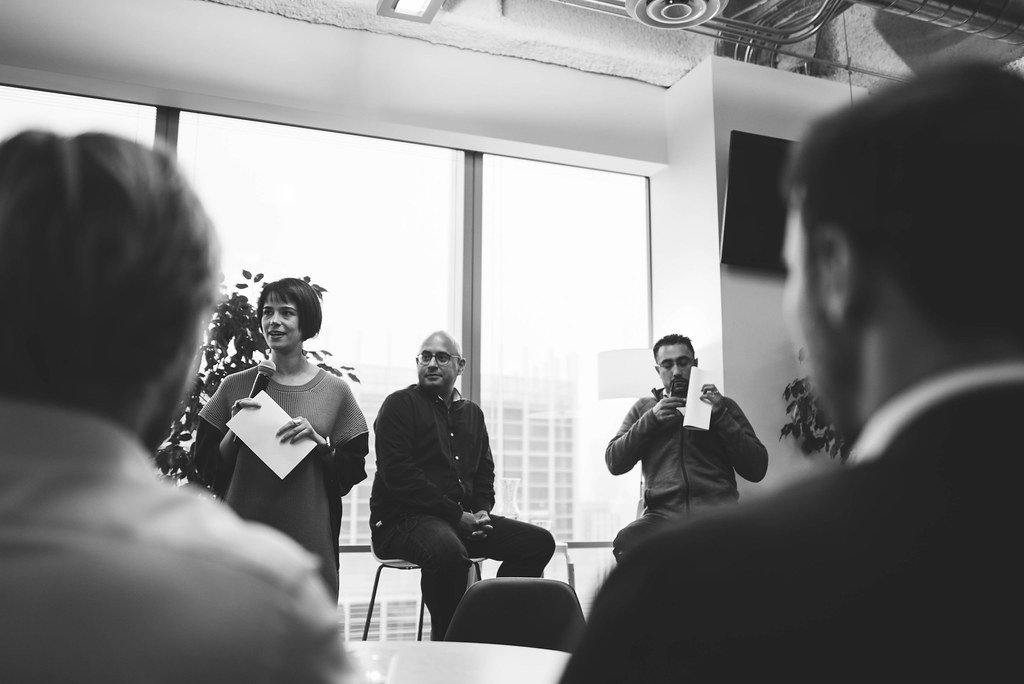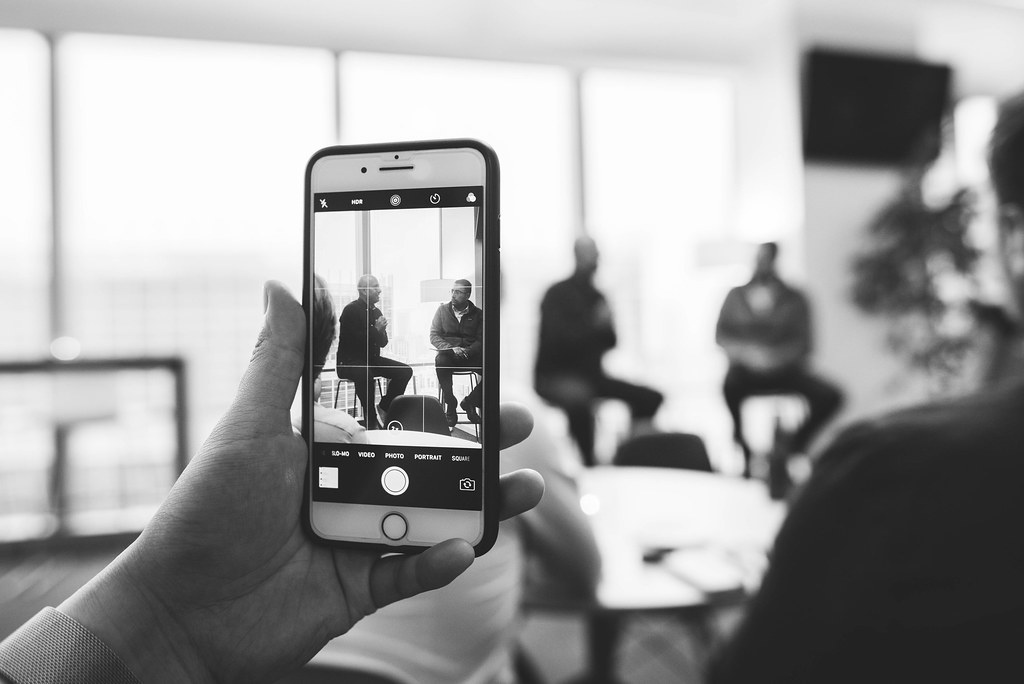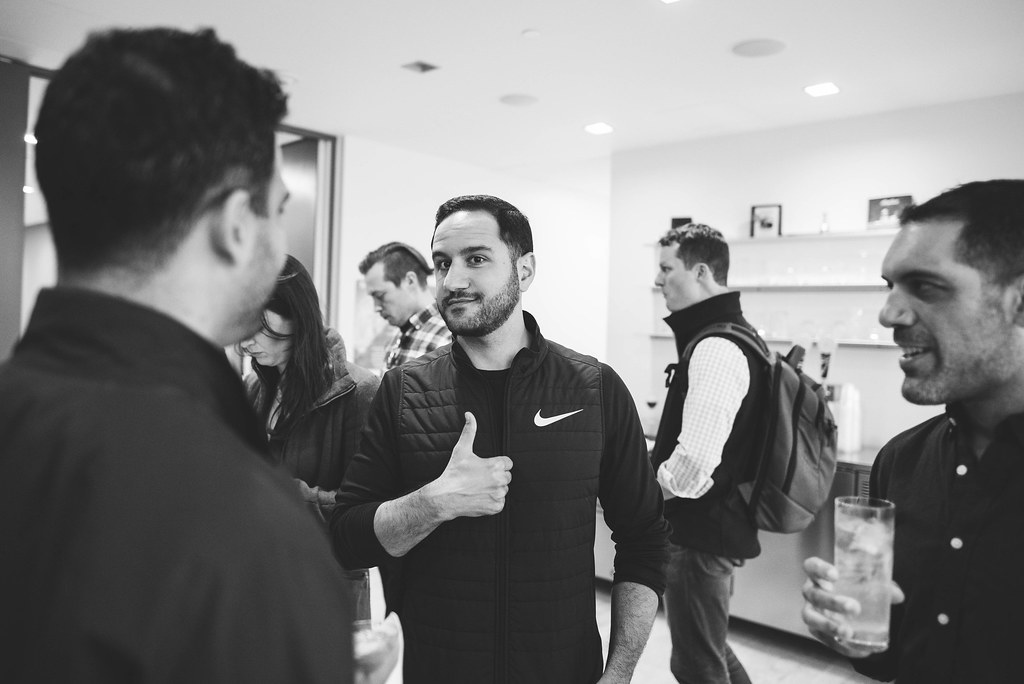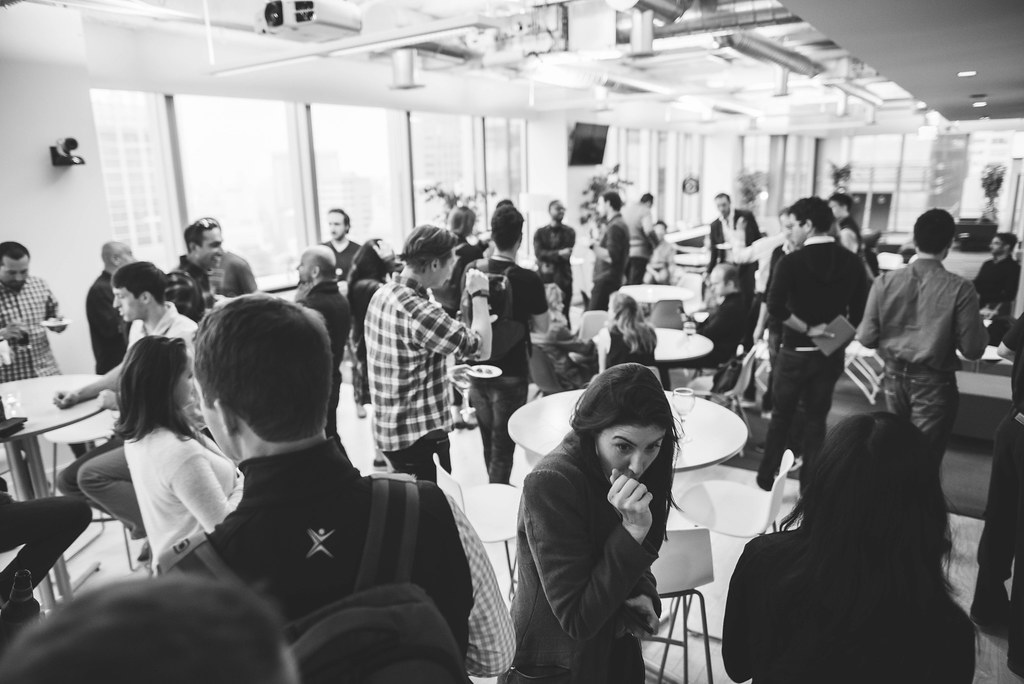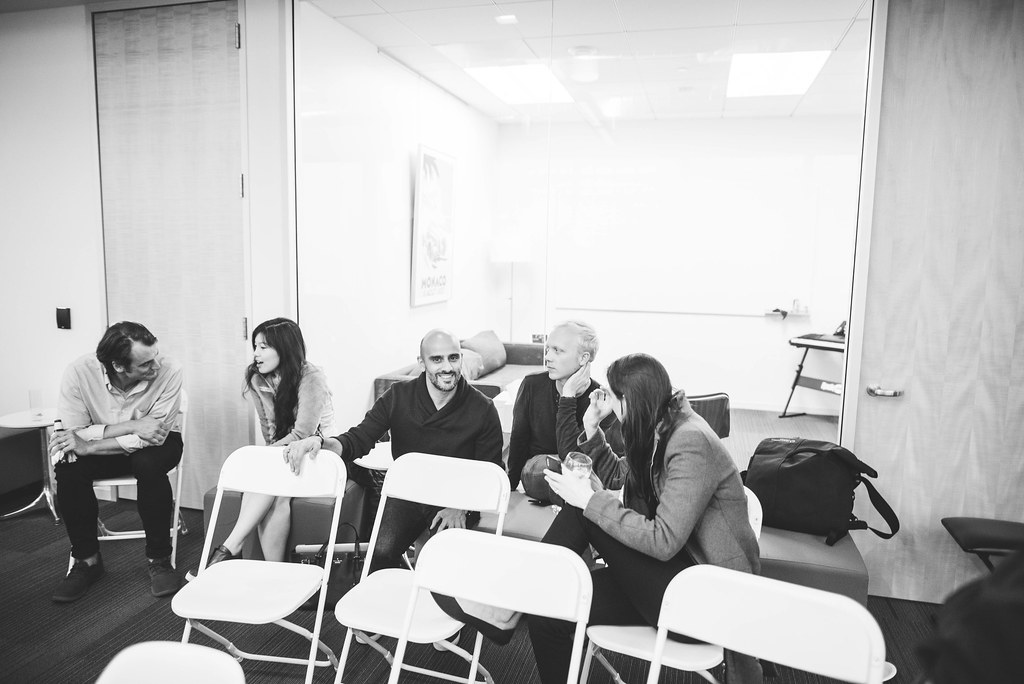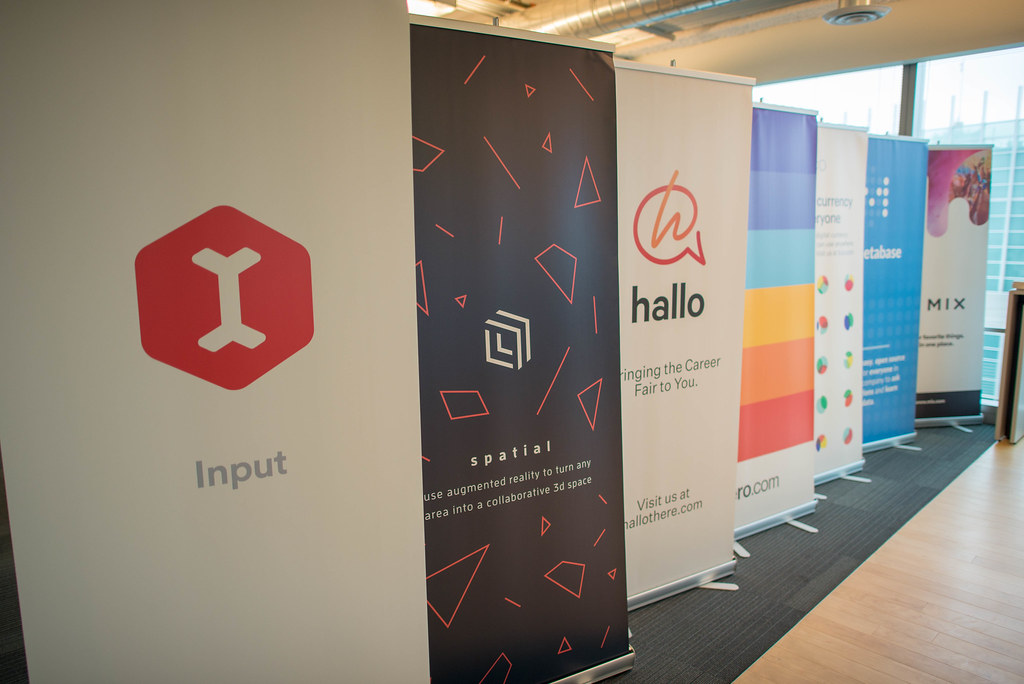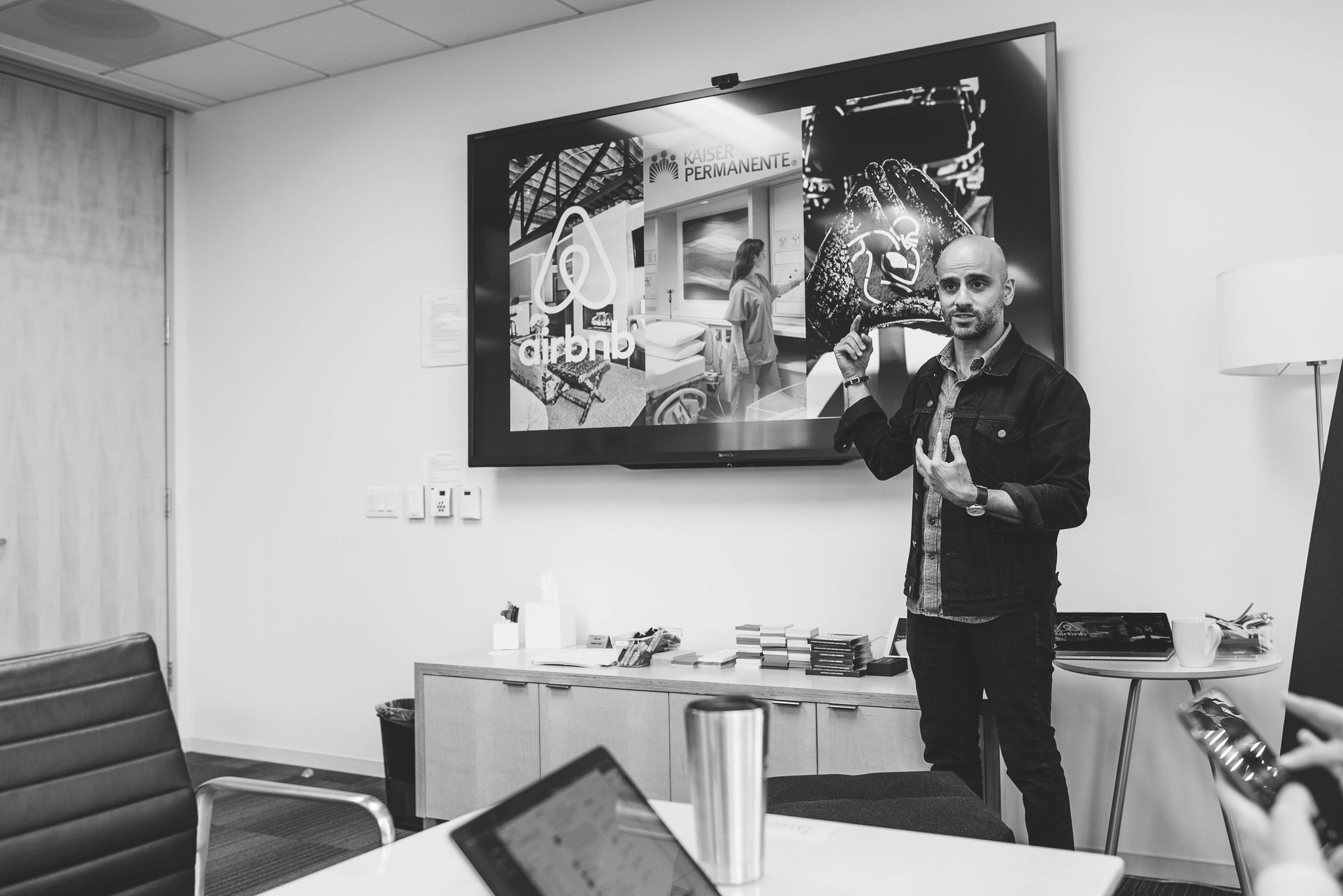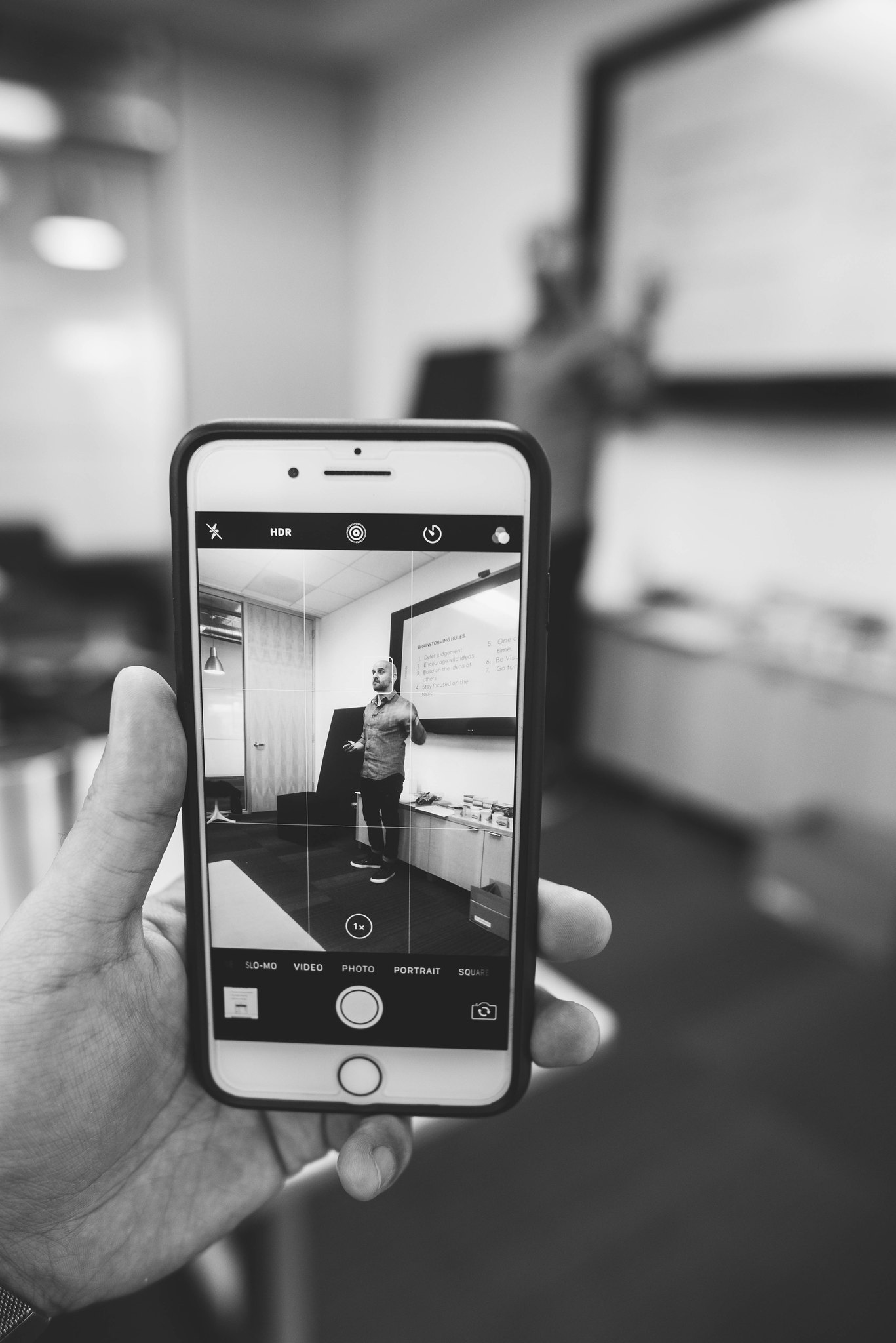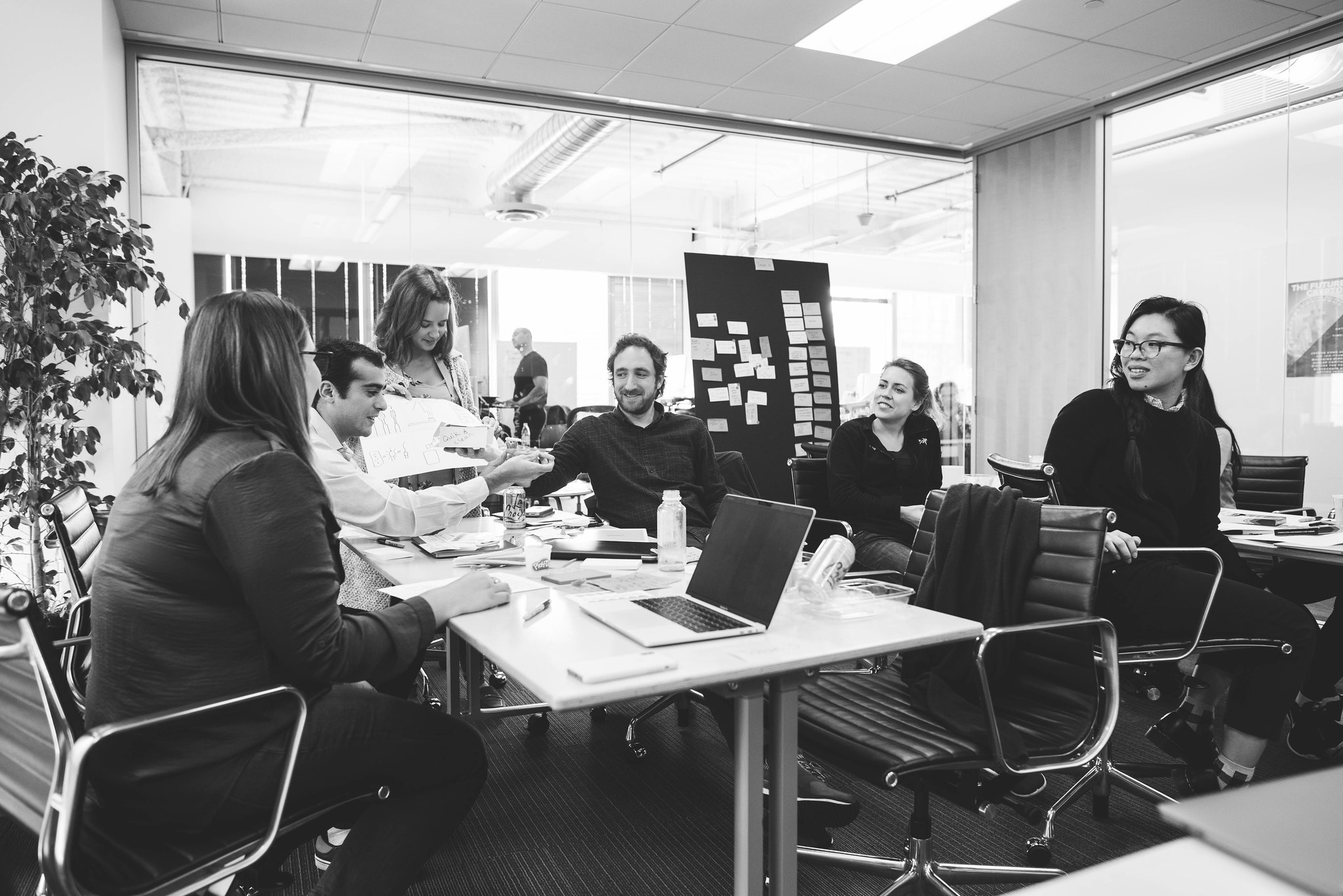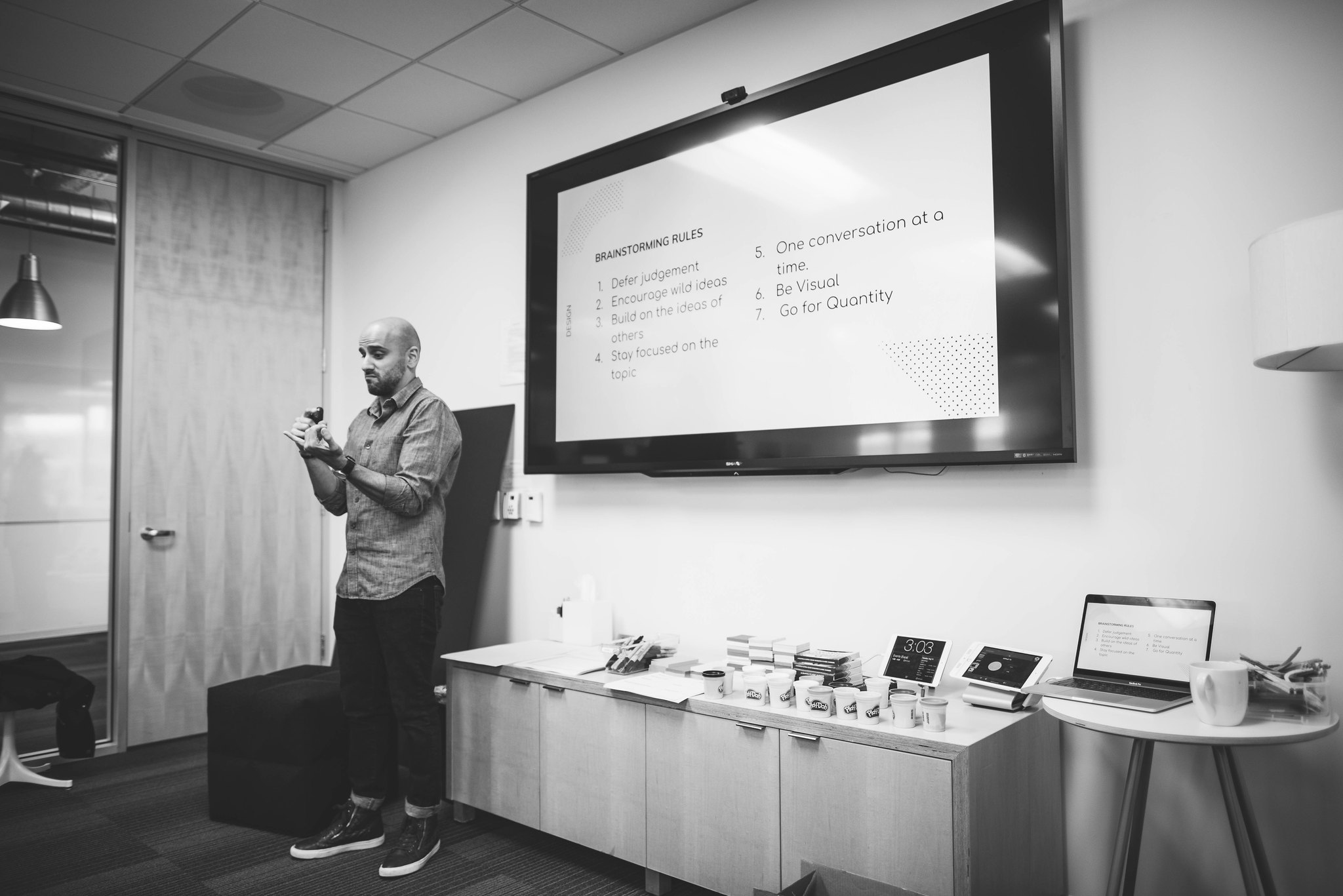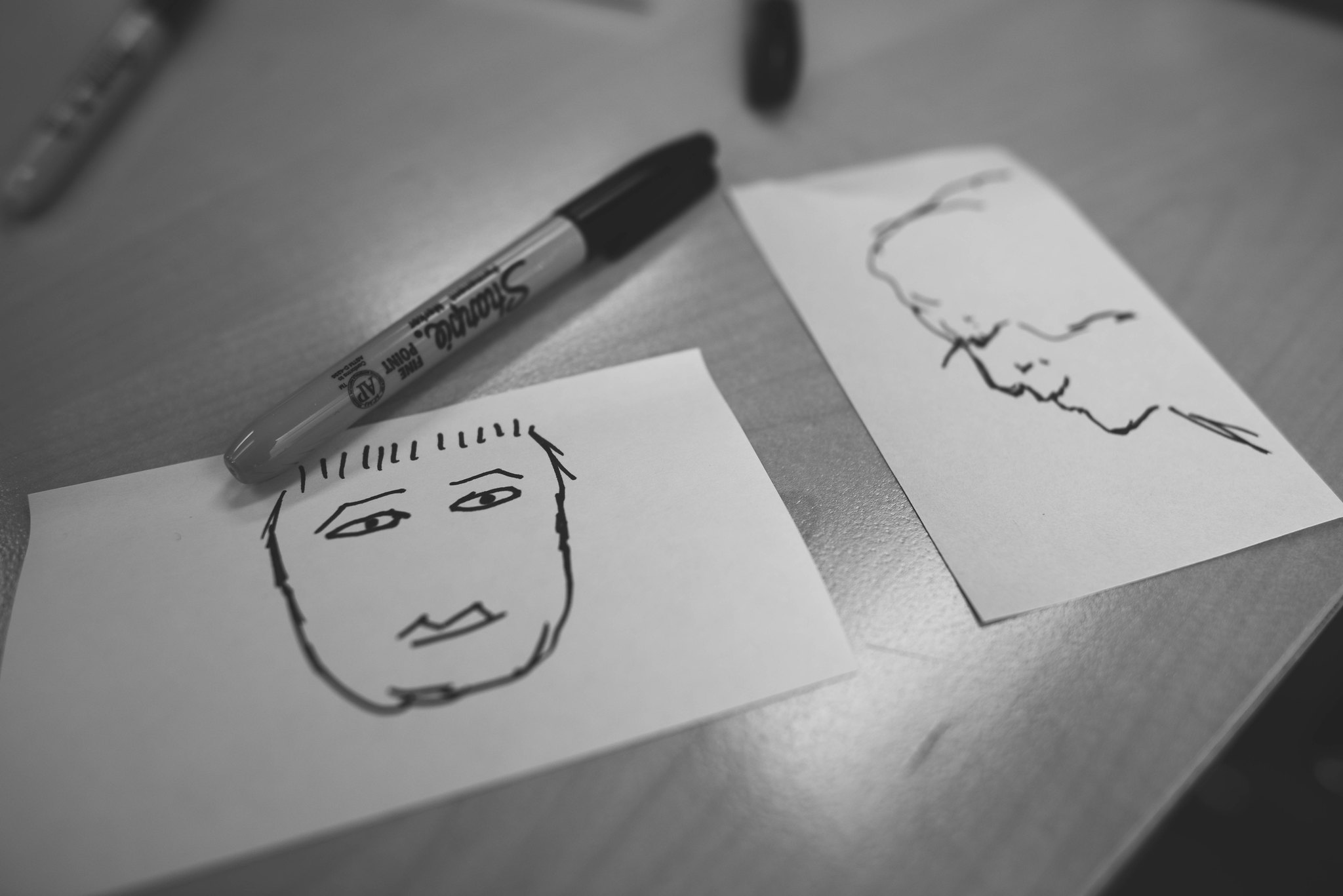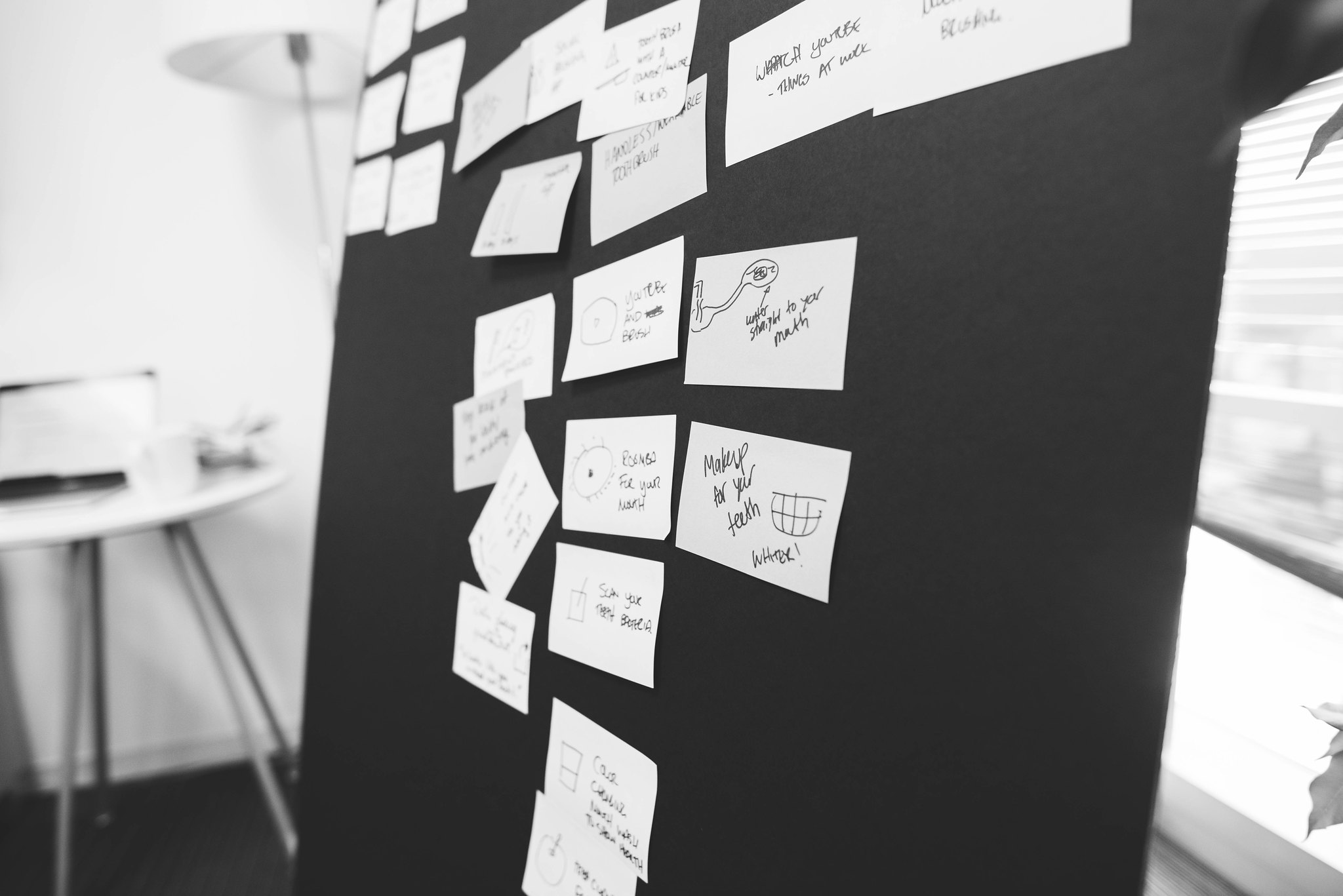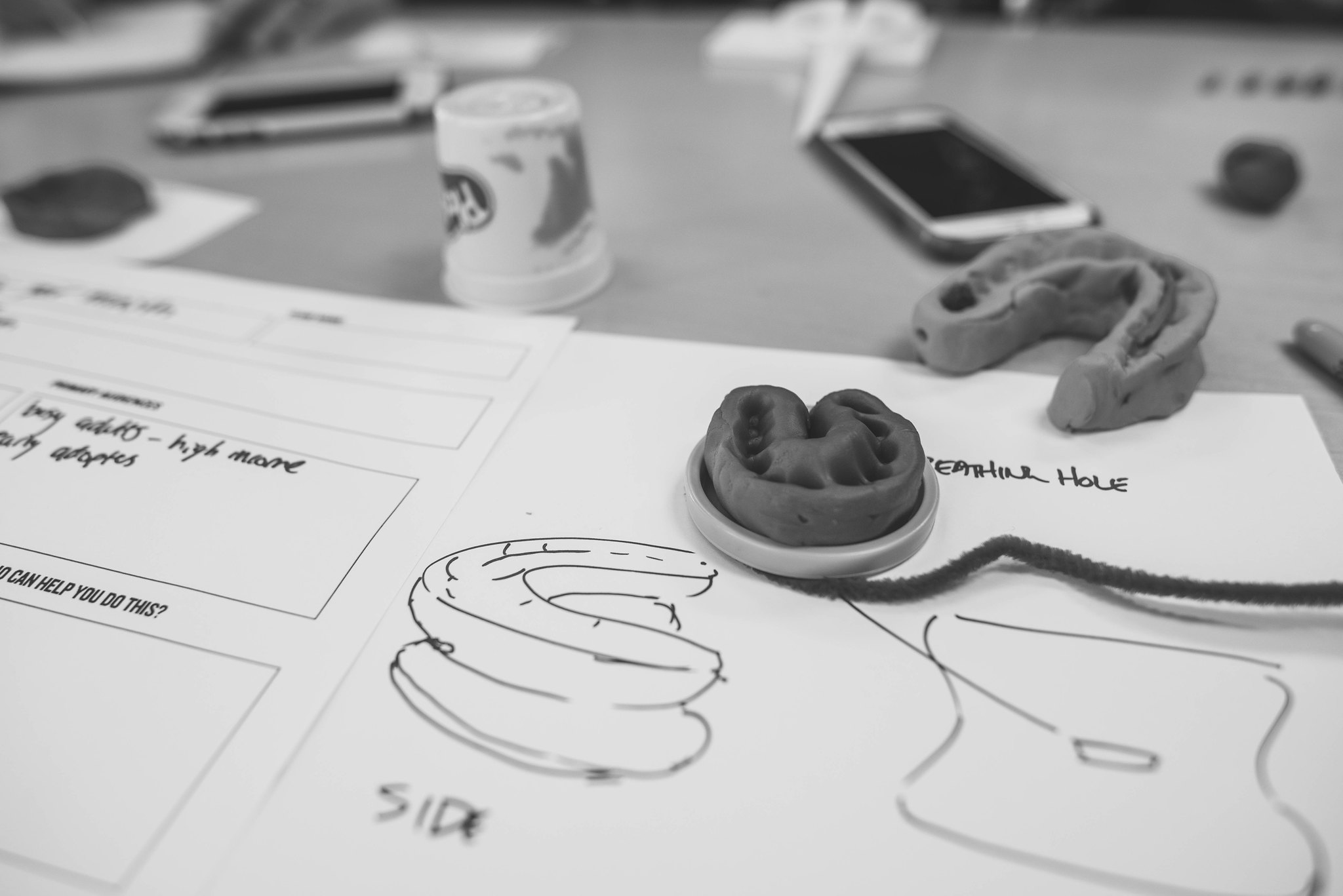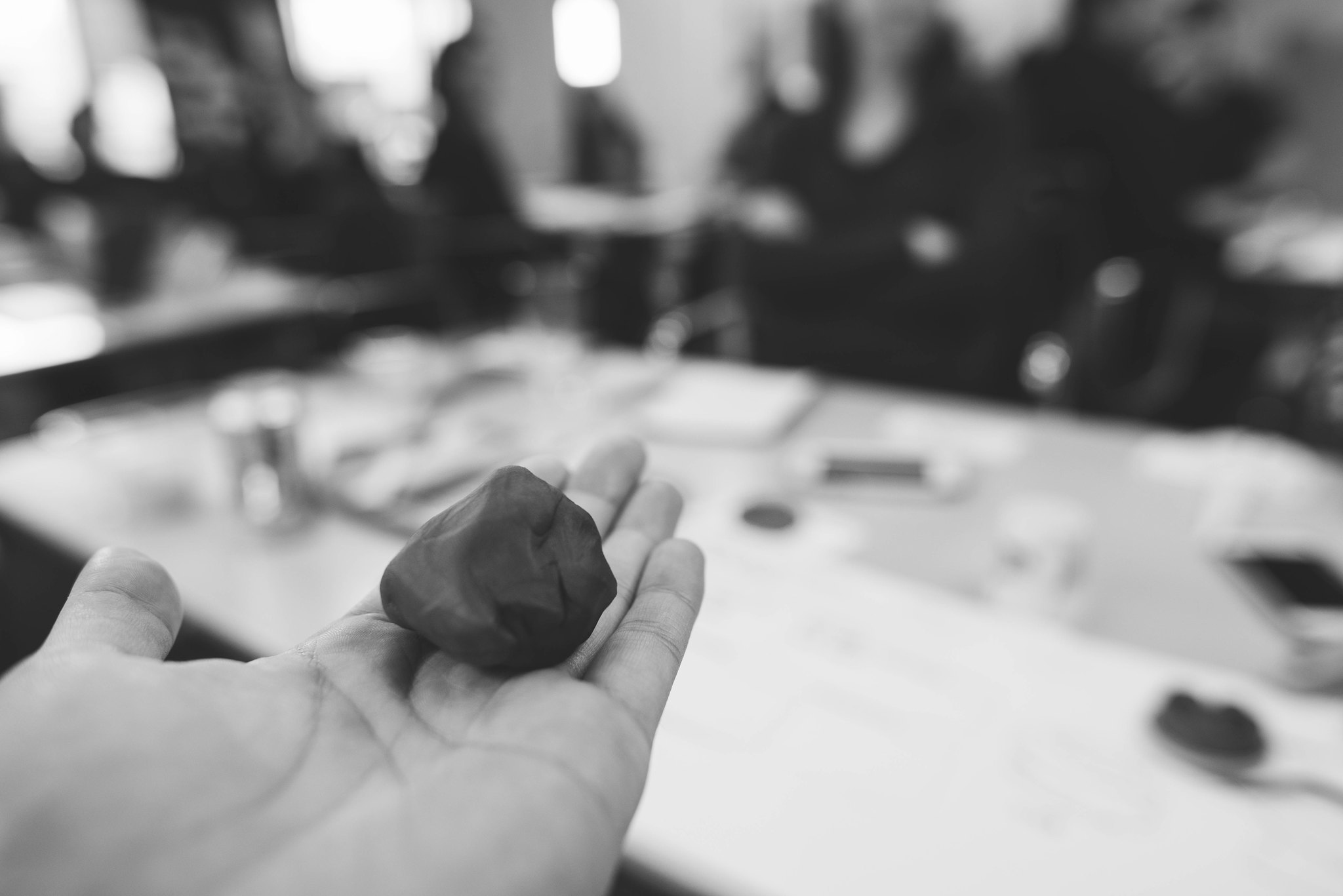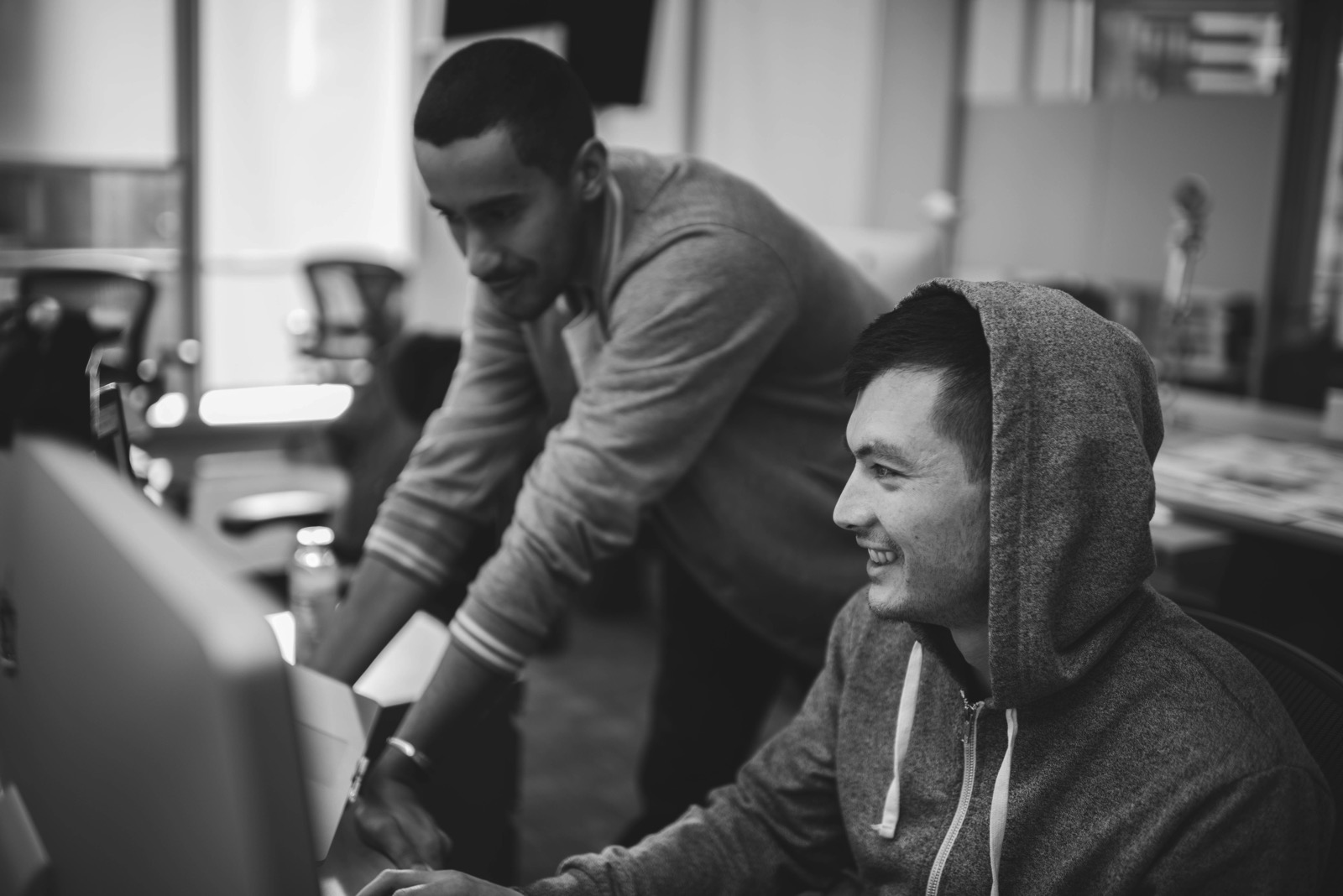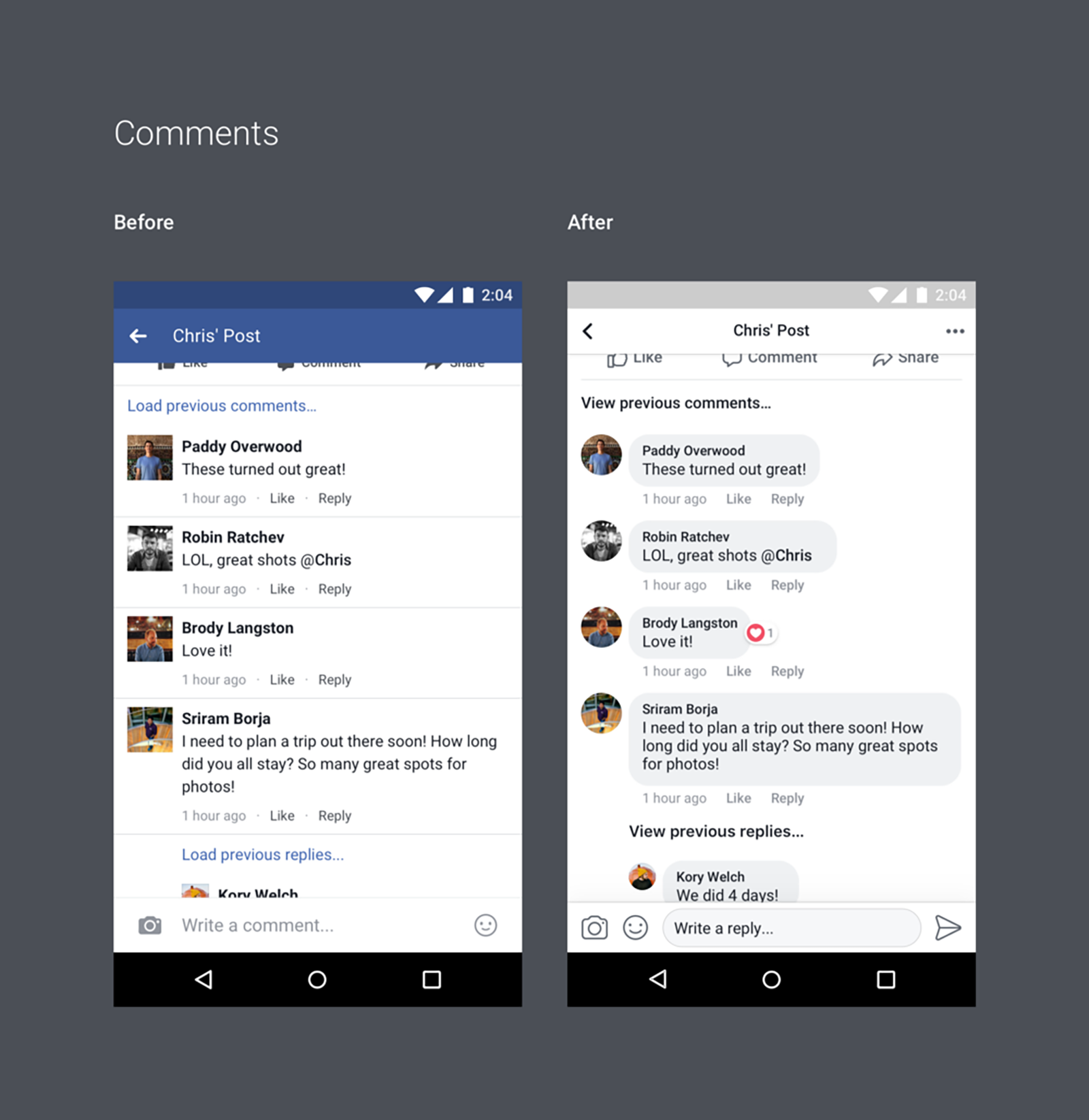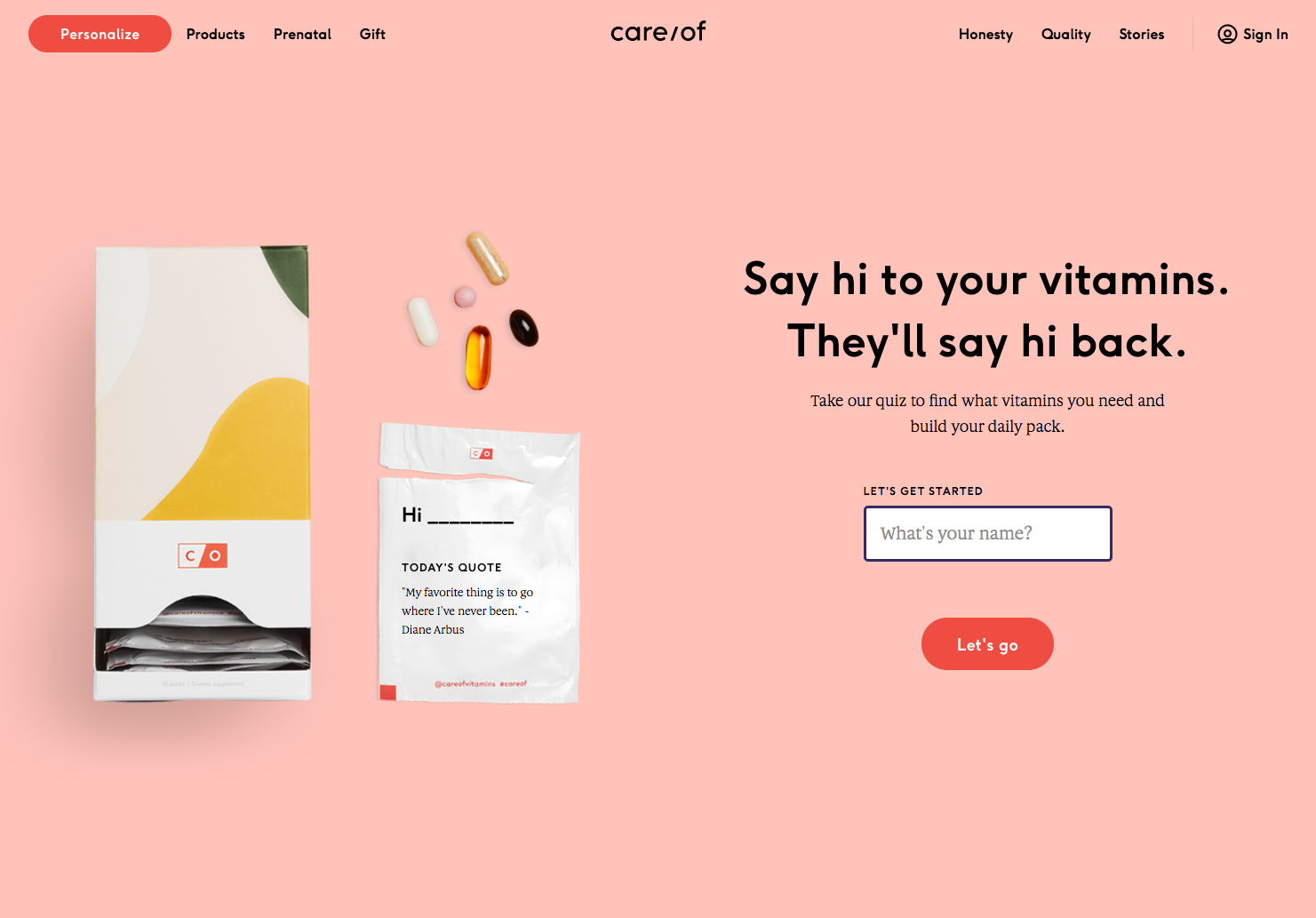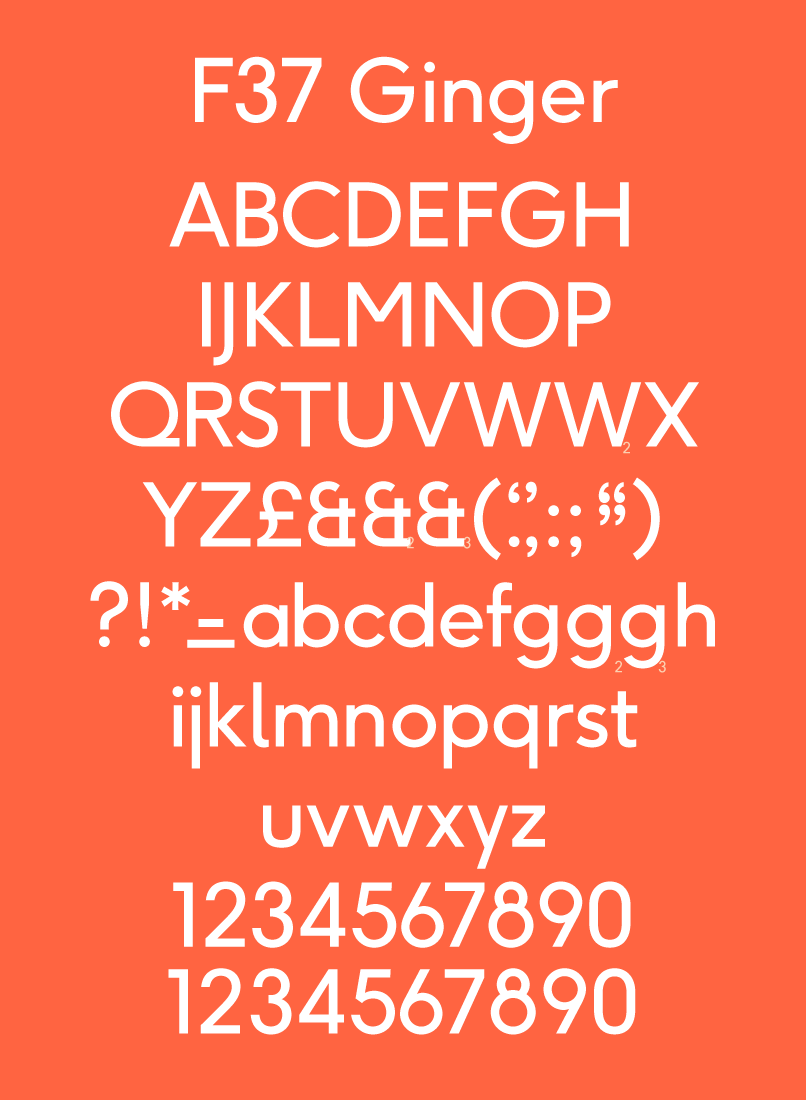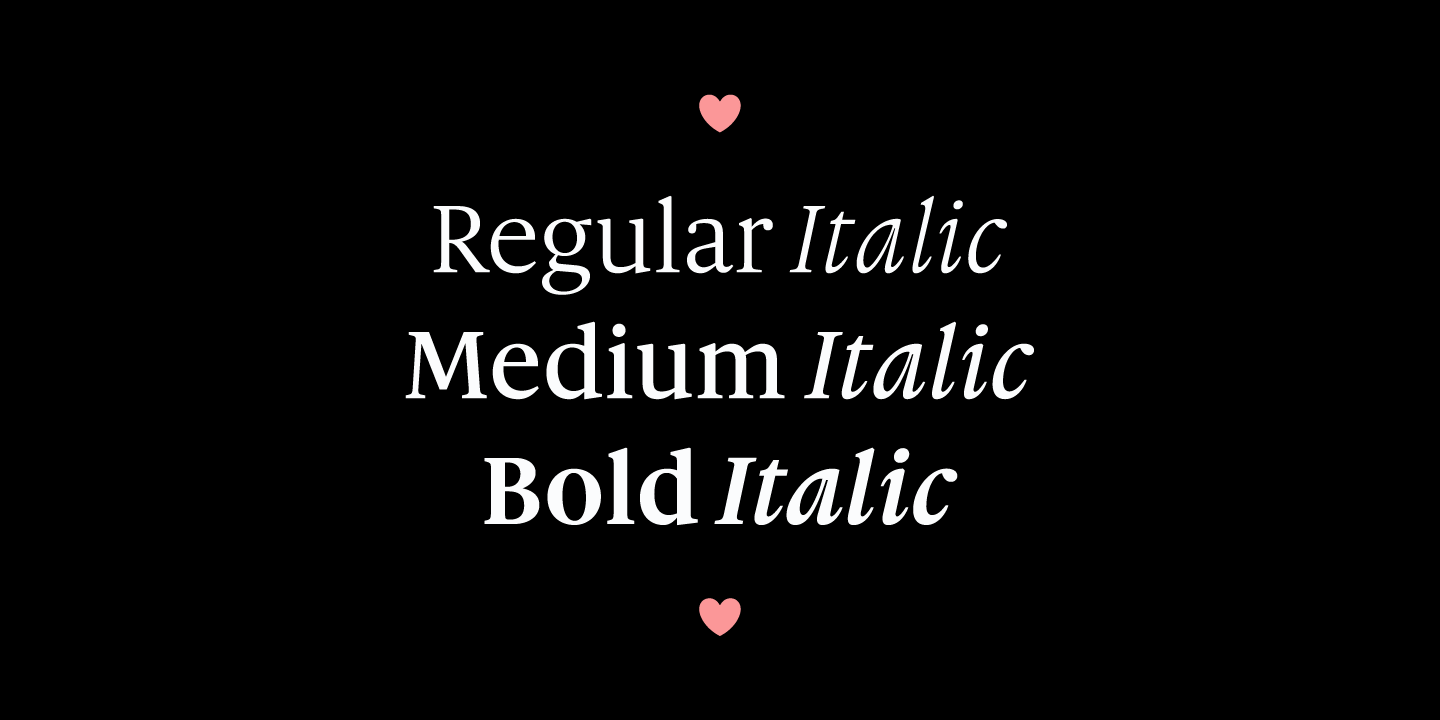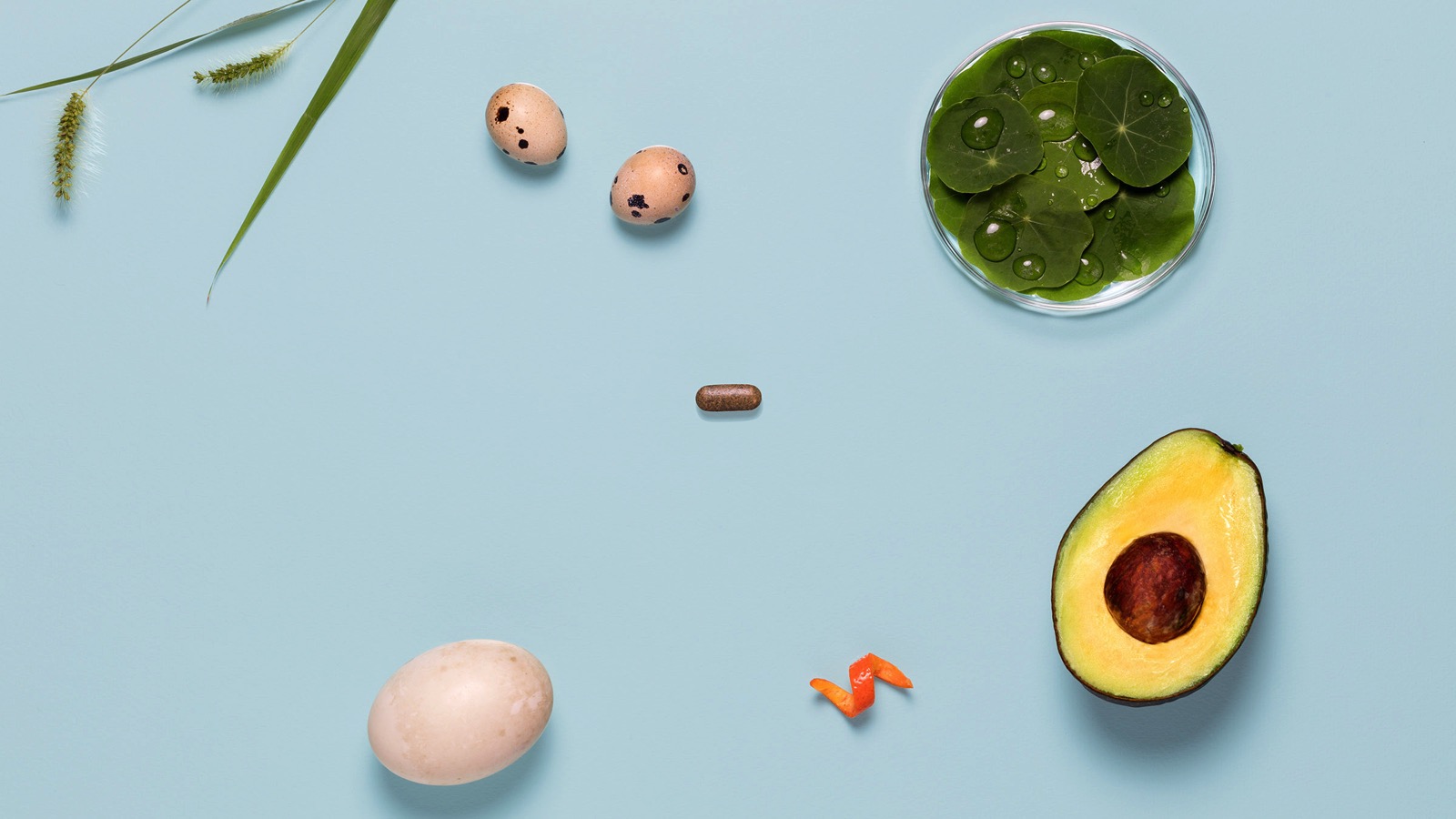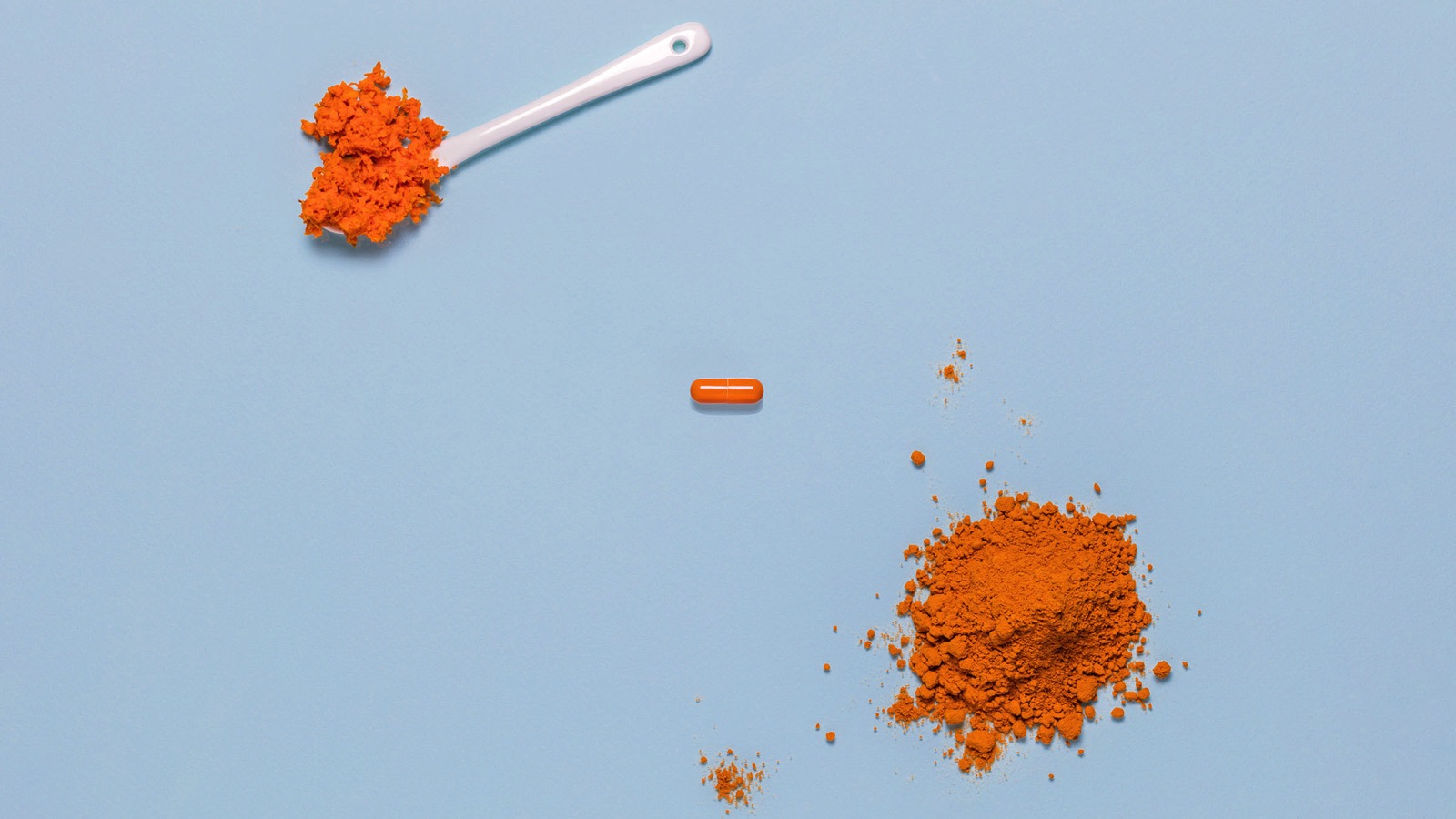Over the years, the brands that I adore the most have been built by the most determined people in the world with a vision—but something deeper drives them.
Purpose.
It is the gravity that pulls people from around the world to be a part of their story. Purpose is the north star that guides them. It reminds every employee to protect something much more precious. When they get up in the morning, they have a clear idea of what they’re fighting for.
As I work on early stage companies, I realize that product market fit and growth are critical, but those metrics represent a small fraction of the company genome. Companies go through ups and downs searching for product market fit—hell, after finding product market fit, they have to find product economic fit. It’s easy to lose footing when everything’s constantly changing. Hopefully a purpose can be the inner fire that reinvigorates a team and enriches their lives.
I’ve seen how teams can fall apart quickly—motivation can literally evaporate before your eyes–people start showing up later, and daily interactions become mercurial. I’m embarrassed to admit that one of my teams fractured from misalignment in one point in my career. I focused too much energy on building vision. In hindsight, I should have spend more time with my co-founders to un-package the most fundamental question, “why?â€
Why are we building this product and why the does it matter?
Our purpose wasn’t baked into our DNA from the get-go, and the effects were clear when the chips were down. All is not to say that we wouldn’t have failed. Even if we had a crystal clear purpose, we could have inevitably perished… but at least if we were going to fall on the sword, everyone would know why it was worth it.
Aram shared this advice with me recently, “99% of the projects out there are not worth doing, but 1% is worth dying for.†As we get older, we have less time to start new things, and we have to be more deliberate about how we spend each day of our life. I think purpose can help us decide what that 1% is.
I believe there’s an opportunity to bake purpose early into a company culture and get teams to move mountains. That source of inspiration must be authentic and ultimately human. It has to be a feeling that touches their soul and reconnects everyone with the world they’re fighting for.


